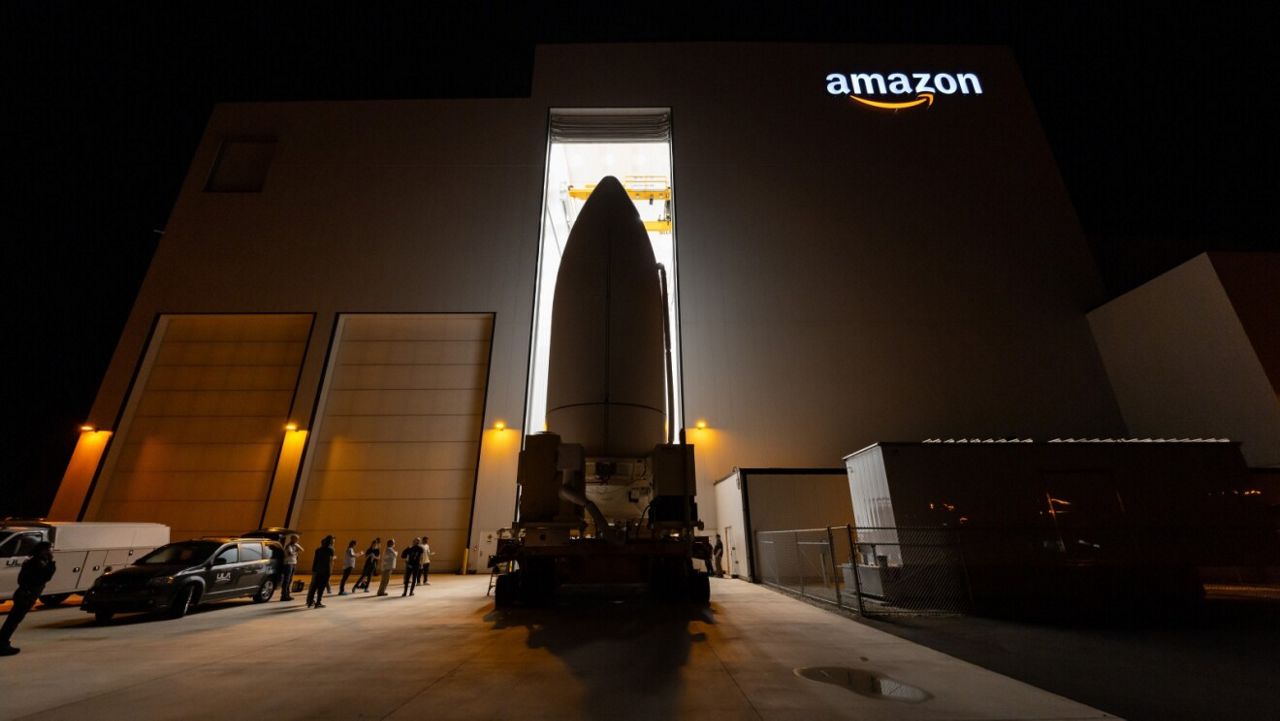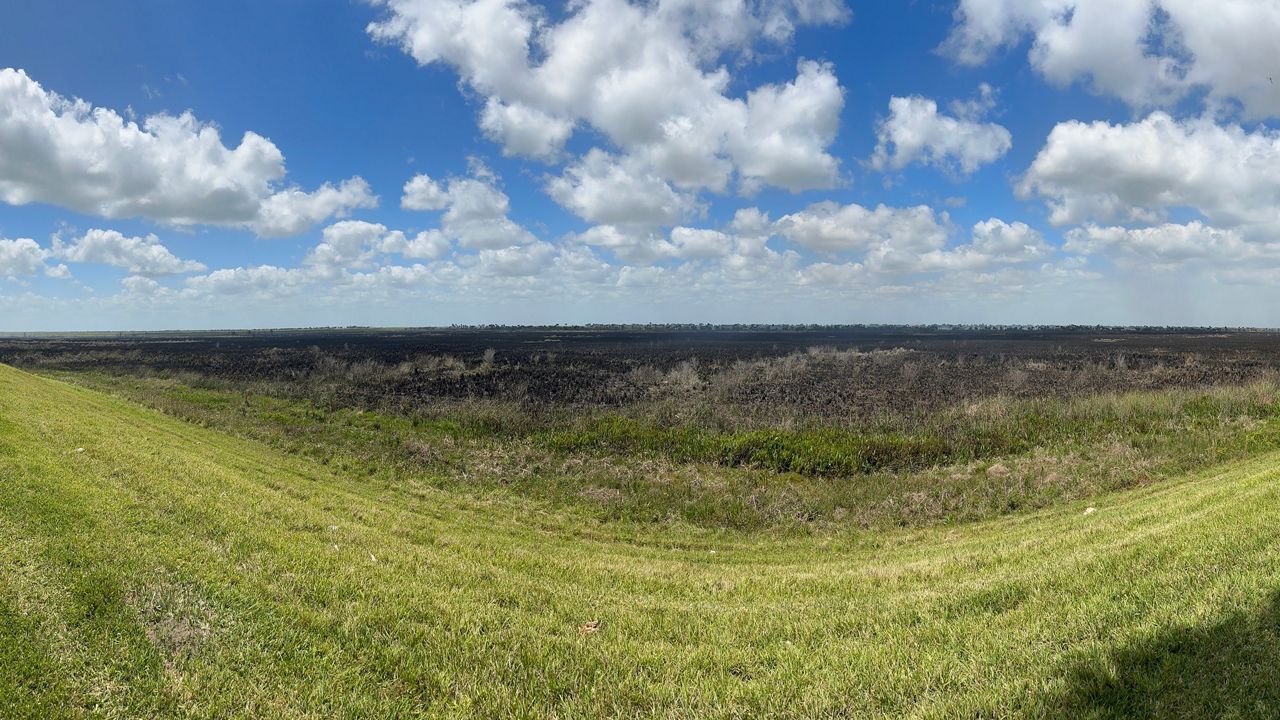COCOA, Fla. — Having a local grocery store may be second thought for a lot of people, but for many residents in central Cocoa, that necessity almost went away.
But a partnership with the city of Cocoa helped prevent that from happening.
What You Need To Know
- Save A Lot held its reopening Friday
- A contract with the city of Cocoa allowed the grocer to resume operating
- Low-income, low-access tracts in the 1- and 10-mile definition are on the rise, according to the USDA
Because of the pandemic, Save A Lot owner Mike Medearis and his family made the difficult decision to close up shop in early April.
“At the beginning, we were wiped out of everything," he said. "I mean, this store was down to our shelves.”
“When we decided to close the store, we were still having issues with getting product in the store," he added. "Even today on our load we’re supposed to get today, there are two or three pages of ‘out-of-stocks.’”
His family has owned the Save a Lot store for the past 13 years, but it has been in the community for more than 20 years.
The Save A Lot sits just down the road from what used to be Harvey’s grocery store. That business closed about a month before the Save a Lot and meant that the next closest grocery store was then more than a mile and a half away.
“It’s so important to be able to get to a local grocer and get the food that you need on a daily basis and not have to travel two and a half miles. That’s not feasible to walk to,” said Samantha Senger, a spokesperson for the city of Cocoa.
What the U.S. Department of Agriculture used to call “food deserts” are now classified as “low-income, low-access” areas. There are four classifications of these areas:
- Low-income census tracts where a significant number or share of residents is more than 1 mile (urban) or 10 miles (rural) from the nearest supermarket.
- Low-income census tracts where a significant number or share of residents is more than 1/2 mile (urban) or 10 miles (rural) from the nearest supermarket.
- Low-income census tracts where a significant number or share of residents is more than 1 mile (urban) or 20 miles (rural) from the nearest supermarket.
- Low-income census tract where more than 100 housing units do not have a vehicle and are more than ½ mile from the nearest supermarket, or a significant number or share of residents are more than 20 miles from the nearest supermarket.
There was an increase in the first type of low-income, low-access (LILA) tracts between 2015-2019 and a decrease in the fourth type between those same years, according to Alana Rhone, an agricultural economist with the USDA.
Of the more than 18 million Florida residents, nearly 1.5 million fall within 1- and 10-mile LILA tracts. That’s about 7.8% of the population. That was a slight uptick from 2010 to 2015, according to a 2019 report.
Some of those spots lie within the City of Cocoa.
When the city was made aware of that both grocery stores along Dixon were closing, officials researched the issue and discovered that some funds from the American Rescue Plan Act could be uses to create a contract with Save A Lot to put it back in business.
That was a huge relief for many, especially since Senger said the city of Cocoa has about 13% of its residents who are transportation disabled, meaning they don’t have reliable access to a car.
“It means so much. They don’t even know. They don’t even know what people were doing for that little month, catching rides,” said life-long Cocoa resident Chadoe Banks. “It was a hassle catching rides, having to pay people for rides to Walmart.”









